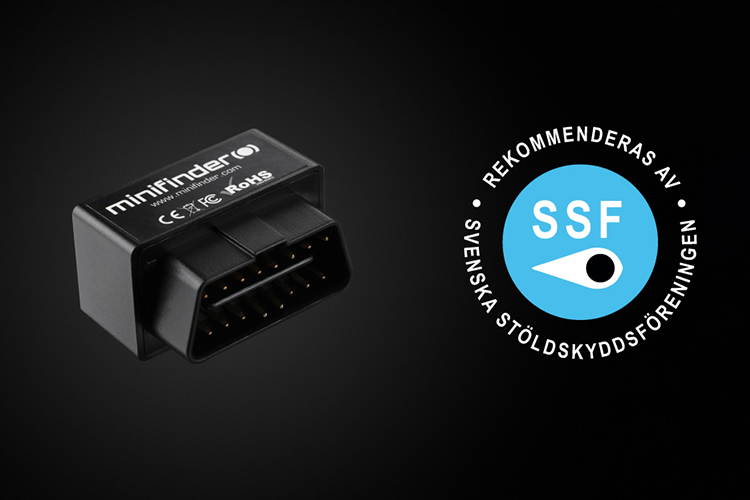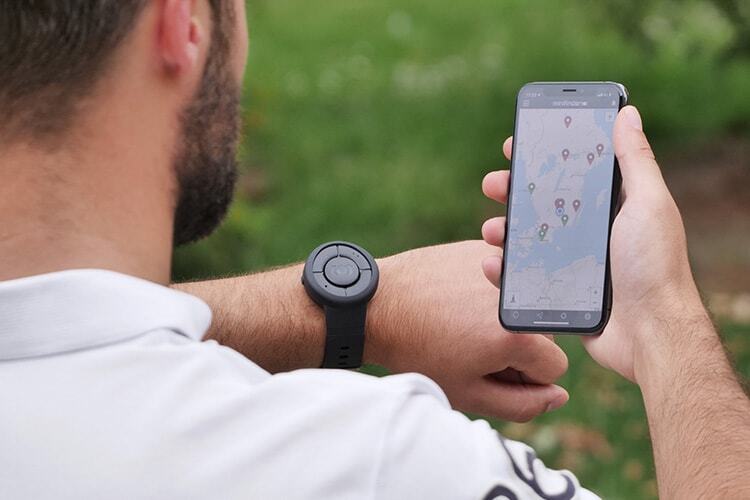Jan 18, 2024
Inserting a microchip in your cat is a modern and effective way to keep track of your pet and ensure that the cat can be reunited with you if it gets lost. However, there are some limitations in the ability to track chipped cats if they do not also have a GPS. We explain everything you need to know!
How a cat microchip works
A cat microchip is a small electronic device, about the size of a grain of rice, that is implanted under the cat's skin. The chip contains a unique ID number that is linked to you as the owner. When the chip is implanted under the cat's skin, it can be read with an RFID scanner. If a stray cat is found, veterinarians or animal welfare organizations can easily scan the chip to obtain the cat's ID and thereby contact the owner.
Do you have to chip the cat?
In Sweden, a new law regarding cat microchpping was introduced in 2023, unlike regulations för dogs where microchipping has been required for a longer time. Cats born from January 1st, 2008 needs to be microchipped, cats that are older are not required by this law. On the other hand, it is strongly recommended that cats be chipped to make it easier to identify and return the cat to its owner should it get lost.
For cats traveling abroad, however, it is a requirement that your cat has a microchip. On the Swedish Agricultural Agency's website, you can read about which chips are approved for the cat to travel to another EU country.
How does it happen?
The chipping is a quick and relatively painless procedure performed by a veterinarian. The microchip is implanted under the cat's skin, usually between the shoulder blades, and the procedure is done with a needle in just a few seconds. Most cats experience only a brief moment of discomfort, similar to a regular vaccination. After implantation, the chip should be functional throughout the cat's lifetime.
What does it cost?
In Sweden, the price for chipping a cat is between SEK 300 and 600, but the cost can vary depending on the veterinary clinic and region, but i. Besides this, you need to register the cat in the Swedish Agency for Agriculture's cat register, which costs 40 SEK per cat.
Track the cat with GPS
Since a microchip does not have the tracking functionality found in a GPS, it cannot be used to track the cat's movements. If you want to keep track of how your cat moves and where it is, you can use a special GPS for cats. It's a small device that attaches to your cat's collar and allows you to track its position in real time via an app on your smartphone.
With a tracker from MiniFinder, you get a 100% waterproof product with features such as geofence, real-time positioning, the ability to listen to the cat and its surroundings, and an alarm that warns when the cat exceeds a certain speed limit.
Limitations of chipped cats without GPS
Compared to GPS trackers, chipped cats have certain limitations, although the chip fulfills its function for identification. The biggest limitation is that the chip cannot track the cat's movements or provide its current position.
The chip can only be read at close range with a specific scanner, which means the cat must be found by someone and taken to a location where it can be scanned. This makes chipped cats more vulnerable if they get lost.
If the cat has a double chip
If your cat has a double chip, it is recommended that you contact Jordbruksverket's customer service for help. They will send you a special form that you can use to register the cat. The process is carried out with the aim of ensuring that both chips are correctly registered and that there are no problems in identifying the cat.



